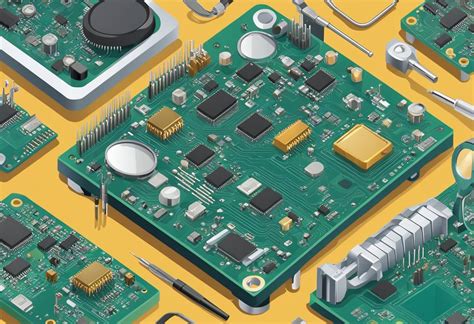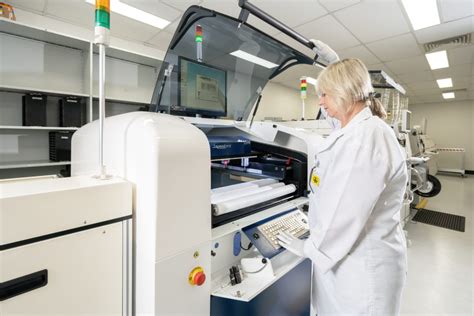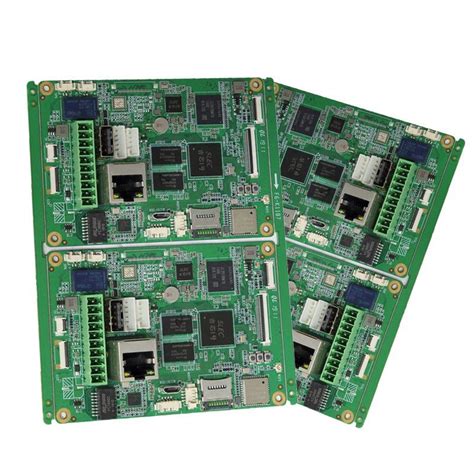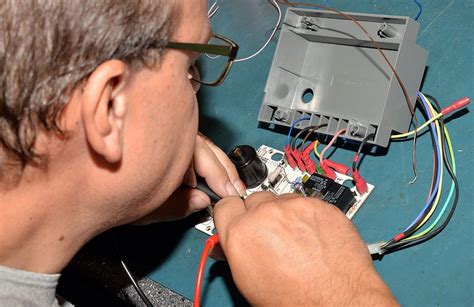Wire Bonding in PCB Assembly: Techniques, Materials, and Applications
Abstract
Wire bonding remains one of the most widely used interconnection technologies in printed circuit board (PCB) assembly and semiconductor packaging. This paper provides a comprehensive overview of PCB wire bonding, covering fundamental principles, different bonding techniques, material considerations, process parameters, quality control measures, and emerging trends. The discussion includes comparative analysis of gold, aluminum, and copper wire bonding, examination of ball bonding versus wedge bonding techniques, and exploration of wire bonding applications in various electronic packaging scenarios.
1. Introduction to Wire Bonding
Wire bonding is a solid-phase welding process that creates electrical interconnections between integrated circuits (ICs) or other semiconductor devices and their packages or PCBs using thin metallic wires. As a primary interconnection technology, wire bonding accounts for approximately 80% of all semiconductor device interconnections worldwide due to its cost-effectiveness, reliability, and flexibility.
The wire bonding process typically involves three main steps:
- Formation of the first bond (usually on the chip bond pad)
- Wire looping to create the desired interconnection path
- Formation of the second bond (on the substrate or lead frame)
Wire bonding finds extensive applications in:
- Consumer electronics
- Automotive electronics
- Medical devices
- Aerospace and defense systems
- Industrial control systems
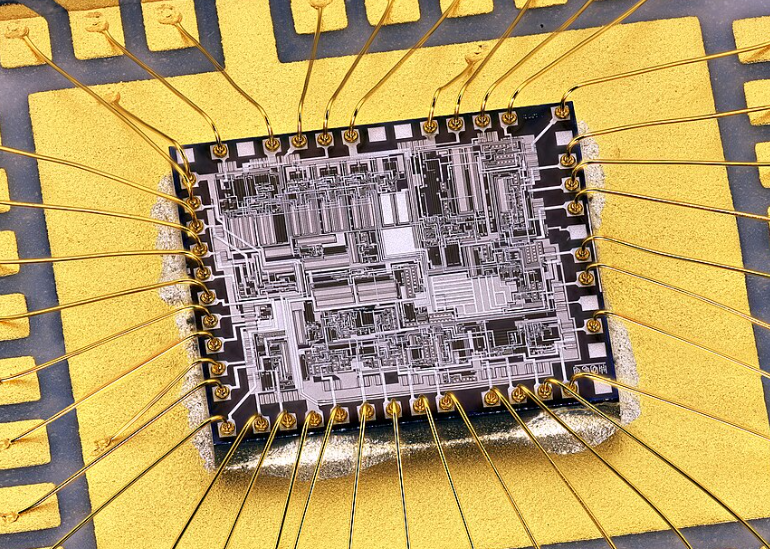
2. Wire Bonding Techniques
2.1 Ball Bonding (Thermosonic Gold Ball Bonding)
Ball bonding, primarily used with gold wire, involves forming a spherical bond through a combination of heat, pressure, and ultrasonic energy:
- The wire end is melted by an electronic flame-off (EFO) to form a free air ball
- The ball is pressed onto the bond pad with controlled force
- Ultrasonic energy is applied to create metallurgical bonding
- The wire is looped to the second bond location
- A wedge or stitch bond is made for the second connection
Advantages:
- High-speed process (typically 5-15 bonds per second)
- Excellent bond strength
- Consistent first bond formation
- Omnidirectional bonding capability
2.2 Wedge Bonding
Wedge bonding, used with aluminum and gold wires, creates bonds through ultrasonic energy alone or combined with heat:
- The wire is fed at an angle through a wedge tool
- Ultrasonic energy is applied to form the first bond
- The wire is looped to the second bond location
- A second wedge bond is made
- The wire is torn or cut to complete the connection
Advantages:
- Lower temperature process
- Suitable for sensitive devices
- Can use aluminum wire (cheaper than gold)
- Finer pitch capabilities
2.3 Comparison of Ball and Wedge Bonding
| Parameter | Ball Bonding | Wedge Bonding |
|---|---|---|
| Wire Material | Primarily gold | Gold or aluminum |
| Bond Direction | Omnidirectional | Unidirectional |
| Bonding Speed | Faster | Slower |
| Pitch Capability | 40-50 μm | 30-40 μm |
| Temperature | Elevated (150-250°C) | Room or elevated |
| Equipment Cost | Higher | Lower |
3. Wire Bonding Materials
3.1 Gold Wire
Gold remains the most widely used wire bonding material due to its:
- Excellent electrical conductivity
- Superior resistance to oxidation
- Good mechanical properties
- Compatibility with thermosonic bonding
Typical properties:
- Purity: 99.99% (4N) to 99.999% (5N)
- Diameter: 15-50 μm
- Breaking load: 3-15 gf
- Elongation: 2-6%
3.2 Aluminum Wire
Aluminum wire offers cost advantages and is commonly used in:
- High-power applications
- Situations where gold-aluminum intermetallics are a concern
- Low-cost consumer electronics
Properties:
- Typically alloyed with 1% silicon
- Diameter: 25-500 μm
- Higher resistivity than gold
- Prone to oxidation
3.3 Copper Wire
Copper wire has gained popularity as a cost-effective alternative to gold:
- Approximately 3-5 times cheaper than gold
- Better electrical and thermal conductivity
- Higher mechanical strength
Challenges:
- Requires forming gas atmosphere (typically 95% N₂ + 5% H₂)
- More prone to oxidation
- Harder than gold, requiring careful parameter optimization
3.4 Material Selection Considerations
Factors influencing wire material choice:
- Cost requirements
- Electrical performance needs
- Thermal management considerations
- Reliability expectations
- Pad metallization compatibility
- Package environmental conditions
4. Process Parameters and Optimization
Successful wire bonding requires careful control of numerous parameters:
4.1 Key Parameters
- Ultrasonic Power:
- Affects bond formation and interdiffusion
- Excessive power can damage bond pads
- Insufficient power leads to weak bonds
- Bond Force:
- Required for proper contact and deformation
- Must be optimized for each wire type and diameter
- Bond Time:
- Typically 10-50 ms for ball bonds
- Longer for wedge bonds (20-100 ms)
- Temperature:
- Thermosonic bonding typically 150-250°C
- Affects intermetallic formation and diffusion
- EFO Current and Time:
- Determines free air ball characteristics
- Affects bond consistency and reliability
4.2 Process Optimization
Effective optimization involves:
- Design of Experiments (DOE) approaches
- Statistical process control methods
- Regular monitoring of bond pull and shear tests
- Analysis of bond interface microstructures
- Consideration of wire looping profiles
5. Quality Control and Reliability
5.1 Common Defects
- Non-stick on pad (NSOP)
- Non-stick on lead (NSOL)
- Lifted bonds
- Cratering (pad damage)
- Excessive intermetallic growth
- Wire neck breaks
- Splash (excessive ball deformation)
5.2 Testing Methods
- Destructive Testing:
- Bond pull testing (MIL-STD-883 Method 2011)
- Ball shear testing (MIL-STD-883 Method 2019)
- Non-destructive Testing:
- Visual inspection (optical microscopy)
- X-ray inspection
- Scanning acoustic microscopy
- Reliability Testing:
- Temperature cycling
- High temperature storage
- Humidity testing
- Vibration testing
5.3 Reliability Considerations
Key factors affecting long-term reliability:
- Intermetallic compound formation (especially in Au-Al systems)
- Kirkendall voiding
- Corrosion mechanisms
- Mechanical stress from CTE mismatches
- Wire sweep in molded packages
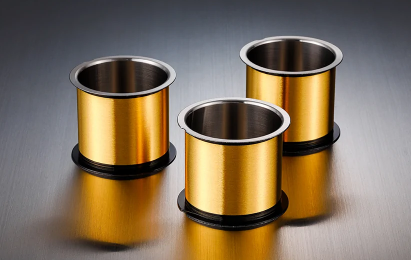
6. Advanced Wire Bonding Technologies
6.1 Fine Pitch Wire Bonding
Developments enabling <50 μm pitch:
- Improved machine accuracy and vision systems
- Advanced wire materials and coatings
- Optimized looping technologies
- Enhanced process control algorithms
6.2 High-Frequency Applications
Special considerations for RF and microwave:
- Low-loop profiles to minimize inductance
- Careful wire length matching
- Use of gold wires for consistent performance
- Grounding considerations
6.3 High-Power Applications
Requirements for power devices:
- Thicker wires (up to 500 μm diameter)
- Multiple parallel wires
- Aluminum or copper preferred for current capacity
- Robust bond interfaces to handle thermal cycling
6.4 Hybrid Bonding Approaches
Combining wire bonding with other technologies:
- Wire-bond-on-chip (WBOC) configurations
- Mixed wire bonding and flip-chip
- Copper pillar with wire bonding
7. Future Trends and Developments
- Continued adoption of copper wire bonding:
- Improved copper wire formulations
- Better process gas delivery systems
- Enhanced capillary designs
- Alternative wire materials:
- Silver-coated copper wires
- Palladium-coated copper wires
- Composite wire materials
- Advanced process monitoring:
- Real-time bond quality assessment
- Machine learning for process optimization
- Enhanced vision systems for defect detection
- Integration with emerging packaging technologies:
- Fan-out wafer-level packaging (FOWLP)
- 3D packaging applications
- Heterogeneous integration schemes
- Environmental considerations:
- Lead-free and halogen-free materials
- Reduced energy consumption processes
- Recycling of precious metals
8. Conclusion
Wire bonding continues to be a vital interconnection technology in PCB assembly and semiconductor packaging, offering an optimal balance of performance, reliability, and cost-effectiveness. While alternative technologies like flip-chip and through-silicon vias have emerged for specific applications, wire bonding maintains its dominance particularly in cost-sensitive, high-volume production.
The ongoing development of copper wire bonding, fine-pitch capabilities, and hybrid approaches ensures that wire bonding will remain relevant even as electronic packaging evolves toward higher densities and more complex architectures. Successful implementation requires careful consideration of material choices, process parameter optimization, and thorough quality control measures.
As the electronics industry progresses, wire bonding technology will continue to adapt, meeting new challenges in areas such as high-power applications, high-frequency circuits, and advanced packaging configurations. The fundamental advantages of flexibility, proven reliability, and cost efficiency guarantee that wire bonding will remain an essential tool in electronic manufacturing for the foreseeable future.

